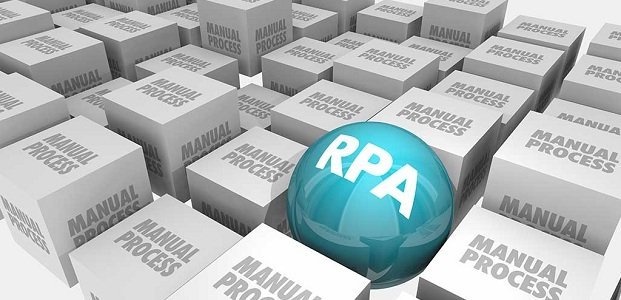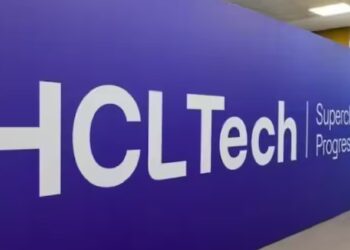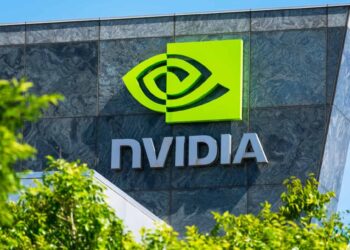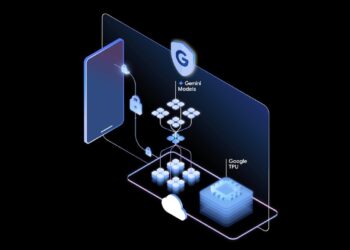Global spending on Robotic Process Automation RPA software expeting huge growth, it is estimated by 2022 it will reach $2.4 billion up from $680 million from 2018. The adaptation of RPA has been increased. This huge increase in RPA spending due to the necessity for organizations to rapidly digitize and automate their legacy processes as well as enable access to legacy applications through RPA.
Speaking with research director from Gartner, Saikat Ray, “Organizations are adopting RPA when they have a lot of manual data integration tasks between applications and are looking for cost-effective integration methods,”.
Gartner predicts that by the end of 2022, 85 percent of large and very large organizations will have deployed some form of RPA. Mr. Ray added that 80 percent of organizations that completed proofs of concept and pilots in 2018 will aim to scale RPA implementations and increase RPA spending in 2019.
This shows that the technology is viable and has the desired effects. However, application leaders who are new to the technology should start with a simple RPA use case and work with internal stakeholders to identify more applicable processes.
Moving forward, Gartner expects more organizations to slowly discover that RPA offers benefits beyond cost optimization. RPA technology can support productivity and increase client satisfaction when combined with other artificial intelligence (AI) technologies such as chatbots, machine learning and applications based on natural language processing (NLP).
Consider the example of a client complaining that their invoice is showing the wrong amount. Chatbots engage with the client to understand the initial issue and delegate to a RPA bot to reconcile the invoice against the actual order entry record at the back-end. The RPA bot performs the matching transaction and sends the result back to the chatbot. The chatbot processes the RPA response and intelligently answers the client.
Read More: How Artificial Intelligence is Revolutionizing Healthcare Sector























